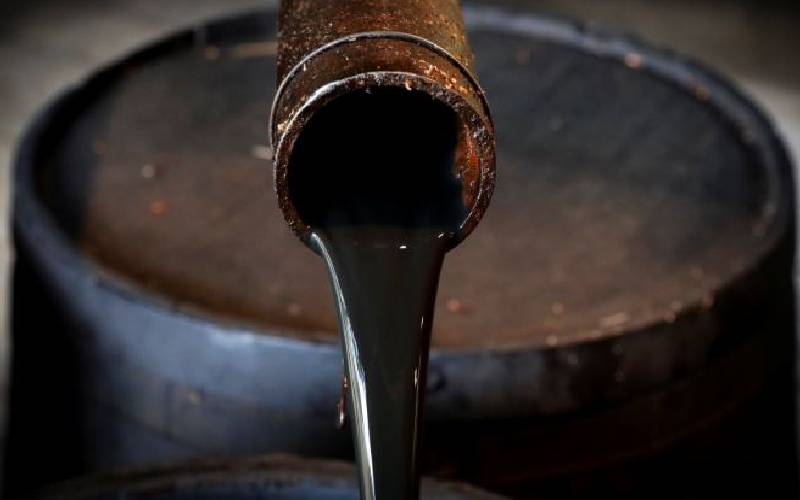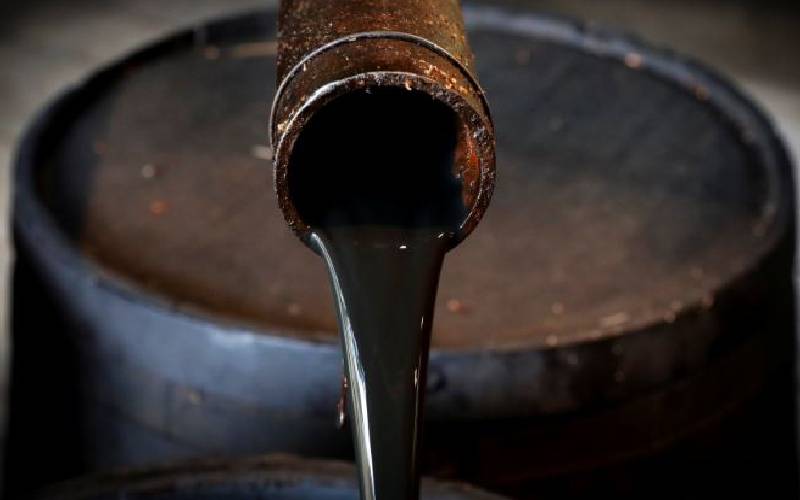Geza Ulole
JF-Expert Member
- Oct 31, 2009
- 59,229
- 79,528





From scratch or just a repair?Songoro Marine building Catamaran Mv Rafiki II



unajua maana ya ujenzi? Ni tofauti na ukarabati! Mv Rafiki II ni mpya jua kuna Mv Rafiki I pia wamejenga from scratch! 👇

Wametishaaaaaa, tunataka ziwe nyingi hata MSCL wawe nazounajua maana ya ujenzi? Ni tofauti na ukarabati!
Mnang'ang'a na miundombinu tuMwanza iko na airport Kwanza? Ebu tuonyeshe hio kibanda yenu. Kusema Ukweli, Kisumu is more developed infrastructure wise. Mwanza is a bigger town but pathetic in terms of infrastructure. Mwanza haiwezi qualify kuwa City Kenya. Linganisha Mwanza na Eldoret.

Umejumlisha na eneo la makazi au? Mbn kidogo hivo?sasa 60000km umezitoa wapLake basin mall in Kisumu.
